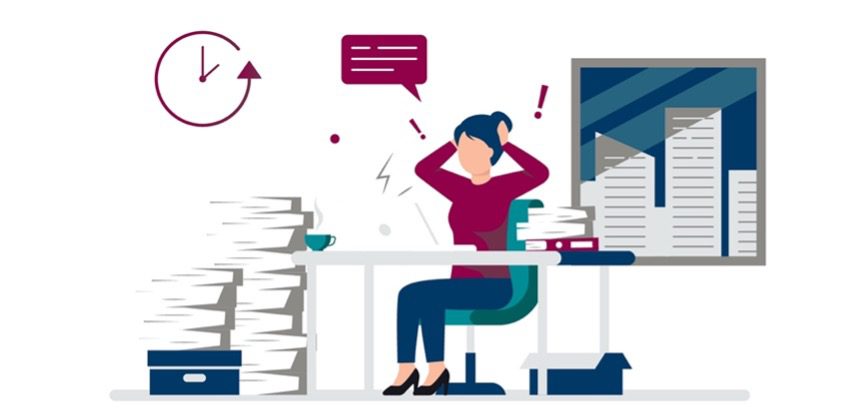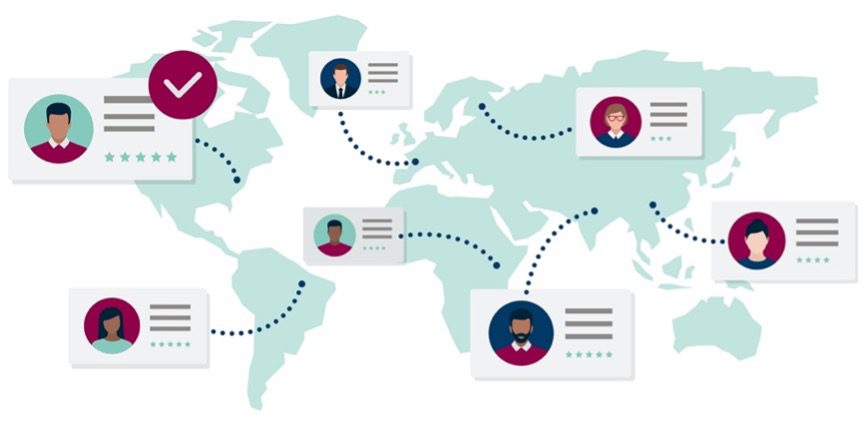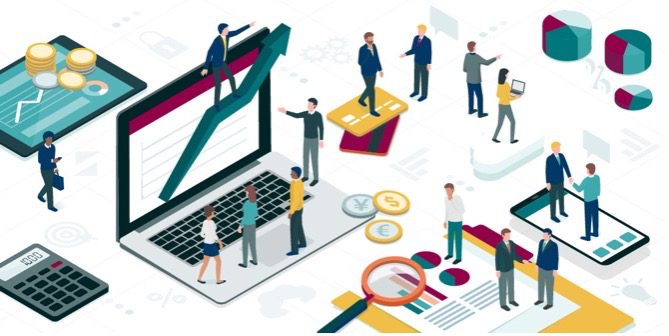Why Your Business Needs Automated Reconciliation Software
Blog post
Share
Everyone — from the CEO to other departments, investors and auditors — wants a clear view of the company’s financial position. And of course, they want it in real-time and 100% accurate.
Seven out of 10 CFOs – and worse, their CEOs – have made significant business decisions based on incorrect or outdated financial data. Let’s examine how you can avoid being part of this unfortunate statistic by leveraging automated reconciliation software to:
- Increase accuracy
- Cut costs
- Optimize resources
- Improve financial governance
- Close the books faster

Prevent Issues Caused by Manual Reconciliation Processes
CFOs are responsible for an ever-growing number of transactions, sub-ledgers and external systems — all of which increase the chance of error, duplicated entries and inaccurate information. As their teams scramble to check debits versus credits in interim accounts, and compare bank statements against ERP data, they enter a world of costly, cumbersome transaction matching.
Without a doubt, manual reconciliation processes are the least efficient and most cost-demanding in a company. According to a survey by EY, up to 59% of a financial department’s resources are spent on managing transaction-intensive processes. And around 95% of this effort is wasted on transactions that already match, rather than problem entries that actually require attention.
Surprisingly in this digital age, 3 in 4 European companies with sales over €10 million surveyed by EY still reconcile data with pen and paper, or by eliminating entries in Excel. However, despite this studious approach, only around half of the 400 companies surveyed had the visibility to monitor who had done what, how, when and why. Additionally, only 42% said they prioritized high-risk accounts.
In the long term, this has to change, or organizations will suffer costly consequences.
Excel is ideal for some tasks, but…
Today, the biggest challenge is achieving a faster and more reliable financial close with less resources. Many finance departments are waking up to the fact that they need automated reconciliation software with the functionality and capacity to meet growing complexity to effectively do that.
Excel presents many challenges, including:
- Difficulty overseeing and evaluating the effectiveness of responsibility assignment
- Governance (GRC) and compliance risks
- Complexities with multiple simultaneous users
- Complicated formatting and programming issues when importing data
- Risk of human error (between 0.8% and 1.8% on average)
- Inability to adapt easily to changes in procedures or complexity
- Cumbersome, with often hundreds of account tabs
- Lack of analytics and insight into the reconciliation process
By introducing automated processes, CFOs can shorten the financial close, monitor everyone’s activities, define milestones and procedures and more, leaving time for the strategic activities you need to prioritize.
Optimize Your Reconciliation Management
How do leading companies in the world (like LKQ Corporation and HP) get it right?
Instead of looking at individual accounts or sub-ledgers, they constantly review their processes to improve speed and quality. Treated much like logistics planning, optimized reconciliation processes prioritize certain accounts by assigning risk levels, clearly assigning duties, and more. All with a transparent overview.

Automation can help to simplify and speed up your reconciliations while still ensuring accuracy and freeing up time in the department. Reconciliation software can manage repetitive tasks like transaction matching, giving finance and accounting teams the ability to drill down into open entries or exceptions that require additional attention, and also to develop strategic, qualitative activities.
Automated reconciliation software is here to help
Many companies are looking to automated reconciliation software tools to help reduce the risk of error and speed up the process. For example, leading organizations rely on software to support:
Bank reconciliations
Keeping track of any differences in your own organization’s bank statement and that supplied by the bank can be time-consuming. Matching software can simplify and speed up the verification process.
Foreign currency accounts
What currency do you work in? And what’s your monthly rate? Software can help convert and manage these figures, reconciling any differences.
Direct payments
Direct payment can cause your accounts department to be flooded with multi-page statements. Reconciliation is simple but transaction-intensive.
Balance sheet substantiations
New cloud-based systems can replace manual steps, allowing you to keep track of all accounts, irrespective of the number of companies, banks, business and accounts.
Intercompany accounts
The reconciliation of internal balances is complicated by many factors, which increase with the number of companies, currencies and accounts involved.
External suppliers and 3rd-Party services
Reconciling the accounts of external suppliers is another challenging area.
Additionally, for industries like retail and food services, the increasing popularity of 3rd-Party services like GrubHub and UberEats further complicates an already labor-intensive reconciliation process.

Plastic is fantastic (when your reconciliations are automated)
The world is moving to a cashless society where credit/debit cards and online payment systems are enabling vast amounts of transactions every day. But more transactions mean more opportunities for errors.
The common risks with cashless payments like credit card reconciliation include:
- Missing or wrong settlements
- Incorrect refunds
- Over/Duplicate charging of customers
- Time-consuming reconciliations on bulk, non-transactional level leading to write-offs
- Timings and cut-off discrepancies between Point of Sales (POS) and bank settlements
- Several Acquires and Payment Service
- Providers (PSPs) with different file formats and layouts
- Varying tax requirements
To minimize write-offs and prevent P&L impact in incorrect periods, discrepancies not related to timing should be dealt with immediately.
The only way to truly manage the exceptions is to compare and reconcile on a transactional level to expose individual credit card transactions causing discrepancies between the sources.
However, making this change will involve potentially millions of lines of data from different sources in various file formats. Manual validation, manipulation and comparisons of such volumes in error-prone spreadsheets should be avoided at all costs.
7 Advantages of Automated Reconciliation Software:
- A standardized, risk-based approach irrespective of the number of companies, banks, businesses and accounts
- Delegated responsibilities that add clarity and reduce risk in the process
- A recorded trail of all reconciliation activity for the external and internal auditors
- Full visibility and control, including periodic controls testing
- Real-time and historical reporting to analyze challenges, opportunities, and the full organizational impact.
- Reduced workload for Office of Finance (up to 90% with Cadency® by Trintech)
- Decreased write-offs related to reconciliations (up to 62% with Cadency)
The biggest benefit of implementing automated reconciliation software is the time savings it provides. Viktor Norberg, Group Financial Controller at Coor Service Management, says that automation has saved them eight days per month. That’s 96 days per year!
In addition to time savings, automated reconciliation software also offers better accuracy, full traceability, and compliance. The software provides an audit trail that shows exactly what has been done, by whom, and when.
[cta-content-placement]
And, let’s not forget, they now have the extra time and mental space to consider their wider strategic role within the company, and strategize accordingly.
What can you do to improve today?
Below is a best practices checklist of things to consider when reviewing and improving reconciliation management:
- Analyze your month-end close process from top to bottom.
- Map out all reconciliations. Is anyone doing double work? Is anything forgotten?
- Who does what? When do they do it and, most importantly: why?
- Are processes and procedures noted down?
- Establish materiality across all operational and financial reconciliations — where should emphasis be placed?
- Are there any transaction reconciliations being done that could be automated? Consider acquiring bespoke transaction matching software to save time and cost.
- Analyze the documentation and reconciliation of the balance sheet for all legal entities – on which companies and what accounts should emphasis be put?
- Consider acquiring balance sheet reconciliation software to keep track of account frequencies, ownership, risk rating, procedures and documents.
Are you ready to look at improving your reconciliation processes using automated software? Contact us to schedule a personalized demo!






